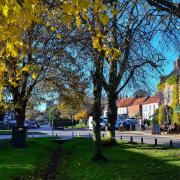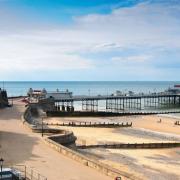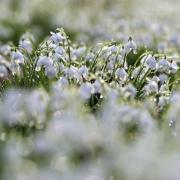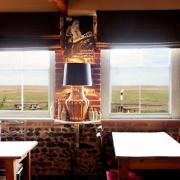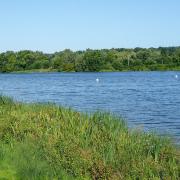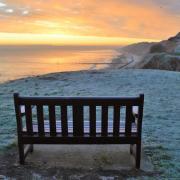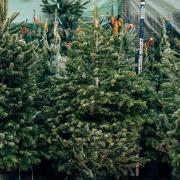There is no UK landscape more cyclical – circadian, even – than The Wash. Twice a day, according to the Moon’s moods, its water is drawn away, like a dusty sheet from an old table, exposing the high polish and the intricate grain of one of the UK’s largest expanses of mud. Twice a day the sheet of water is drawn back. Twice a day – a lunar day, mind, not a solar one – the Wash is water and twice a day, however squelchily, it is land. The tides vary with the moon’s orbit: Two stronger spring tides per month when the sun and the moon are aligned, and two weaker neap tides when they are at right angles to one another.
There are tides of wildlife through the Wash too and August sees the highest tide of birds. This month tens of thousands of wading birds, having nested in arctic tundras, are surging south and huge flocks of them, from every imagined point of the north, may be seen from the shore of the Wash at high tide.
In great mobile flocks, like high-speed footage of scudding clouds, are knot. These are birds which have nested in the tundra of Greenland and even Canada, and they are still coppered with the colours of their breeding. They take both their common name and their scientific Calidris canutus from Cnut, the great Norse king of the 11th Century who is famously said to have ordered the tide to retreat to demonstrate to his courtiers the futile temporal power of kings. Tens of thousands of his namesake birds winter in the Wash, or pass through on their miraculous continent-spanning migrations. In August numbers reach their peak.
With the knot are flocks of bar-tailed godwits. They, by contrast, are Scandinavian breeders from the tundras at the top of Europe. Each wading bird arriving with the tide – oystercatcher, dunlin, turnstone, grey plover, curlew, redshank and black-tailed godwit – has another story to tell, of nightless summer in another tundra.
The birds are united here by the near limitless food offered by this horizon-touching, cyclical landscape. Tellins, cockles, lugworms, razor-clams, ragworms; all live in their billions in the biological powerhouse we know as The Wash. All fall prey to the poking, probing, prying bills of the hundreds of thousands of wading birds which pass through here on their yearly cycle.
As for us, it doesn’t matter whether we know a grey plover by his black armpits or his heartfelt wail, whether we can judge a dunlin from a knot by the flash of his coal-blotched belly. What matters is to feel the wingrush of these far-ranging birds on our faces; to touch the song of the arctic that they bring; to stand on Norfolk’s shore and know we are part of nature’s great cycles, our going out and our coming in, and that this is where we earthbound humans belong: on the shore, by the tide, in the wind, with these wings, in nature.
Discover more of Norfolk’s amazing wildlife, plus nature reserves to visit and fantastic days out, at www.norfolkwildlifetrust.org.uk




